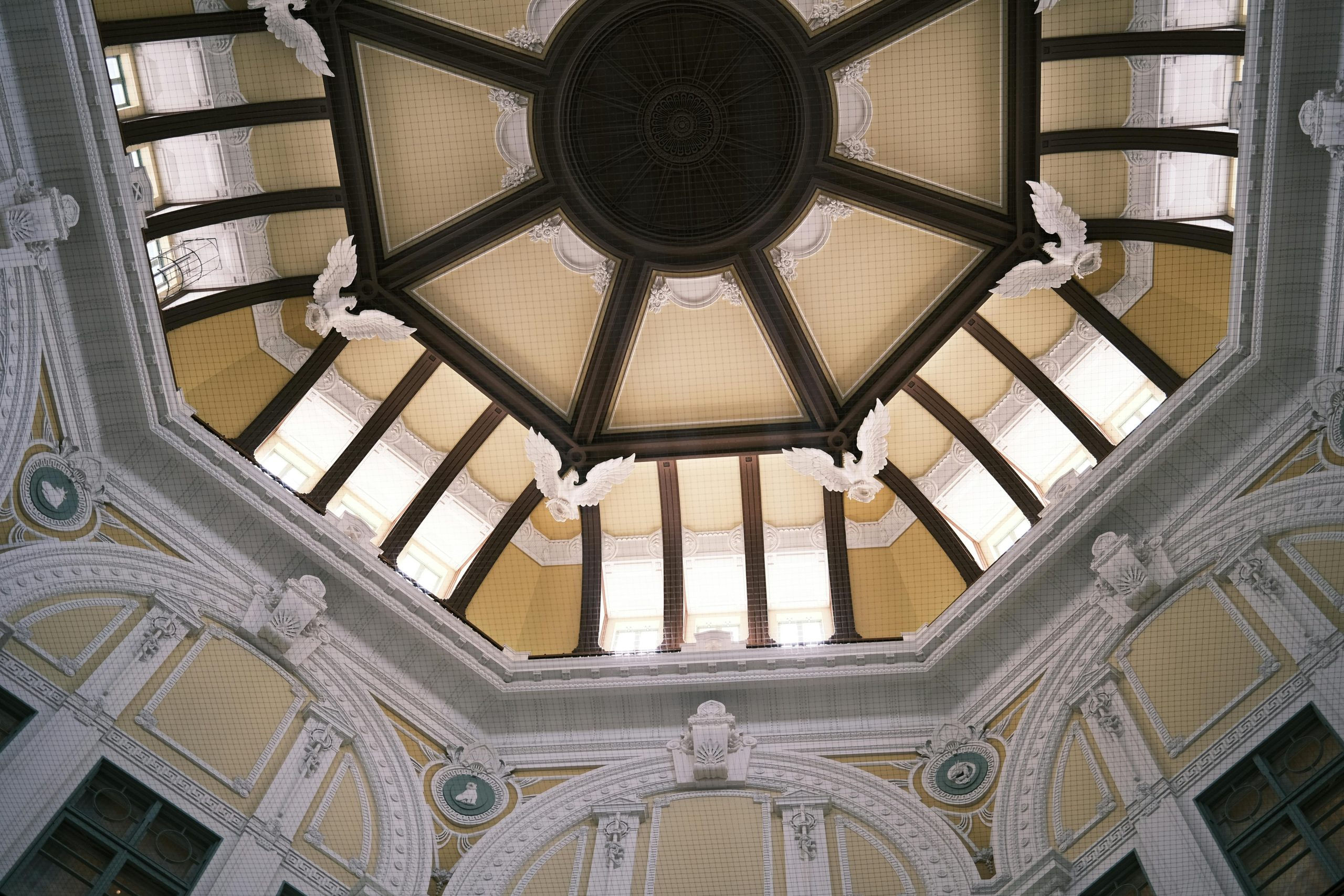Historic Districts Preserving Urban Heritage
Preserving the history and culture of a city is essential in maintaining its unique identity and charm. Historic districts play a crucial role in preserving urban heritage, as they provide a physical representation of a city’s past. They offer a glimpse into the lives of those who lived before us and allow us to connect with our roots. In this article, we will explore why historic districts are important in preserving urban heritage.
The Significance of Historic Districts
Historic districts are geographically defined areas that contain a concentration of buildings, structures, and sites that are of cultural or historical significance. These areas are designated by local, state, or national governments to protect and preserve their historic and architectural value. By doing so, historic districts help maintain the visual identity and character of a city, ensuring that future generations can experience the same sense of connection to the past as we do today.
Preserving Architectural Diversity
One of the main reasons for preserving historic districts is to protect the diverse architecture that is prevalent in these areas. Buildings from different eras coexist in historic districts, showcasing the evolution of architectural styles over time. Preserving these structures not only adds to the aesthetic appeal of a city but also serves as a reminder of its past and the people who built it.
In contrast, many modern cities lack architectural diversity, with cookie-cutter buildings dominating the skyline. Historic districts offer a stark contrast, with each building telling its own unique story. It is this diversity that makes these districts so important in preserving urban heritage.
Maintaining the Community Fabric
Historic districts play a crucial role in maintaining the fabric of a community. These areas often have a strong sense of community, with many residents taking pride in the history and culture of the neighborhood. The preservation of historic buildings and landmarks not only attracts tourists but also helps foster a sense of belonging for the local community.
Moreover, historic districts often have a mix of residential and commercial buildings, creating a vibrant and lively atmosphere. This offers a stark contrast to many modern cities, where there is a clear divide between residential and commercial areas.
The Challenges Faced by Historic Districts
Despite their significance, preserving historic districts comes with its own set of challenges. These areas are often in need of restoration and maintenance, which can be expensive and time-consuming. Additionally, there may be conflicts between the need for modern amenities and the preservation of historical structures.
Gentrification and Displacement
Gentrification, the process of renovating and revitalizing urban areas, can also have a major impact on historic districts. While it may bring economic benefits to a city, it can also lead to the displacement of long-time residents and businesses. This can result in the loss of the community fabric and character that makes historic districts so unique.
Threat of Demolition and Development
Another challenge faced by historic districts is the threat of demolition and development. As cities grow and expand, historic structures may be seen as roadblocks to progress, leading to their destruction. This not only erodes the historical value of a city but also destroys its charm and character.
In Conclusion
Historic districts play a vital role in preserving urban heritage by protecting the physical reminders of a city’s past. This allows future generations to connect with their roots and appreciate the diversity of architecture and community fabric that existed before them. However, it is important to address the challenges faced by these districts and find a balance between preservation and progress. By doing so, we can ensure that the history and culture of our cities are not lost in the midst of growth and development.










